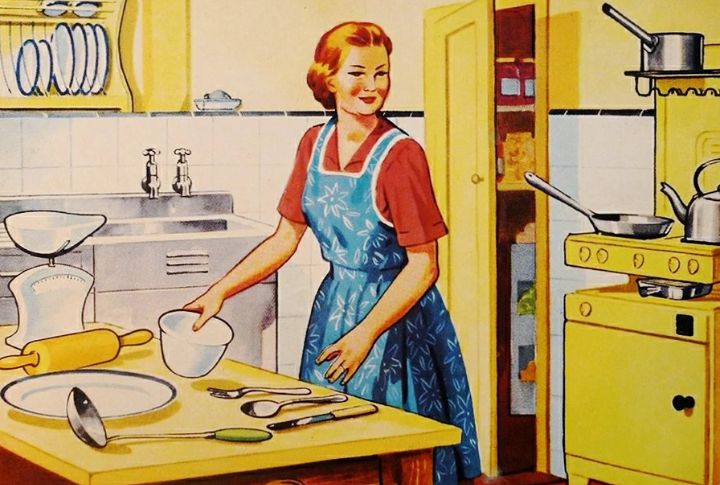
On paper, it looked like the golden age of home life. Scratch the surface, though, and you’ll find outdated expectations hiding behind every casserole and curtain. Culture painted a picture, but it wasn’t the full story. These myths have shaped generations. Here are 20 eye-opening ways the 1950s got women at home completely wrong.
Housewives Loved Domestic Chores
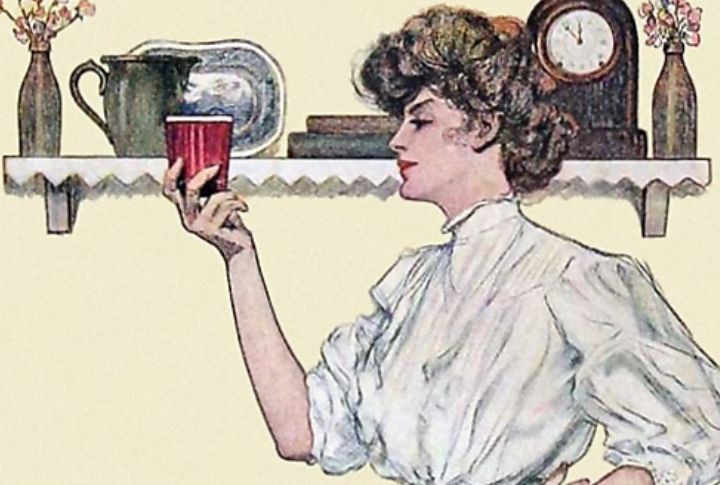
That fresh, smiling woman in the vacuum ad didn’t speak for most. Time-use surveys showed women put in 50+ hours a week just on housework, and many resented the unpaid labor. Companies claimed it was her joy. Reality: Some appliances were made to match her lipstick, not lighten her load.
They Didn’t Need To Work
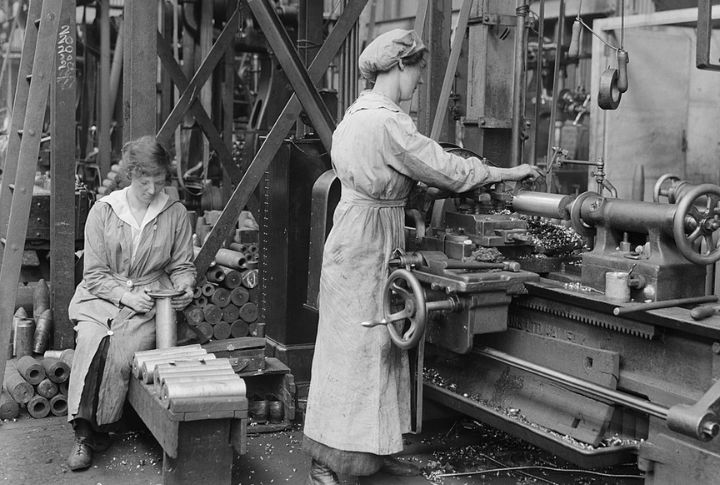
Despite the stay-at-home label, by 1950, nearly 35% of American women held jobs. Economic strain following WWII led many to take on clerical and service roles. Help-wanted ads even split job listings by gender. Even when women worked full-time, they were still expected to run the household.
Marriage Guaranteed Happiness
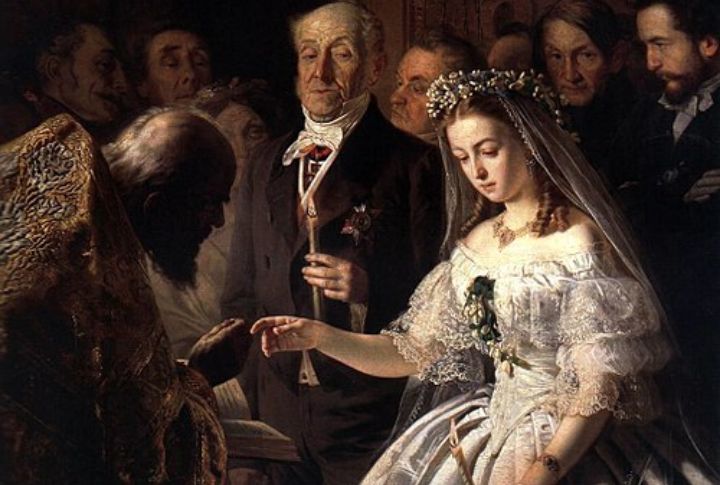
Some women found marriage emotionally isolating and not empowering. The companionate ideal left many feeling stuck. Feminist thinkers like Betty Friedan captured this quiet discontent. Bridal magazines ignored it, instead focusing on linens and etiquette.
Wives Had Full Legal Rights
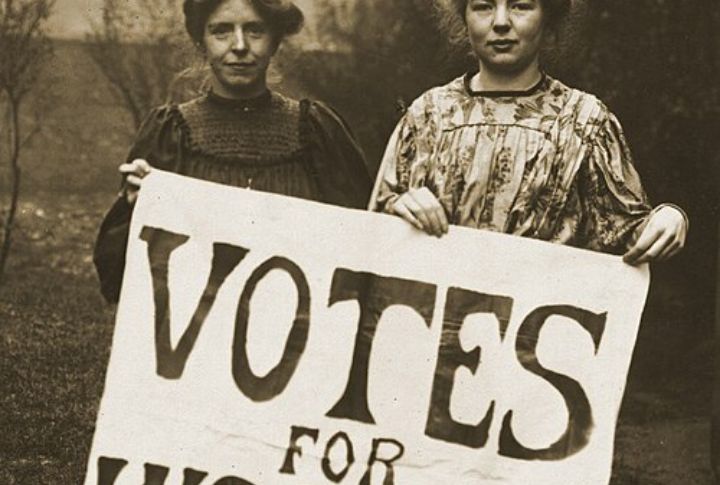
In the 1950s, a woman couldn’t open a credit account without her husband’s signature. Worse, in many states, a wife couldn’t legally refuse intimacy. Approval to work is also sometimes required. “Obey” was a word in vows that reflected a legal reality that denied women full autonomy in marriage.
The Happy Homemaker Was Real
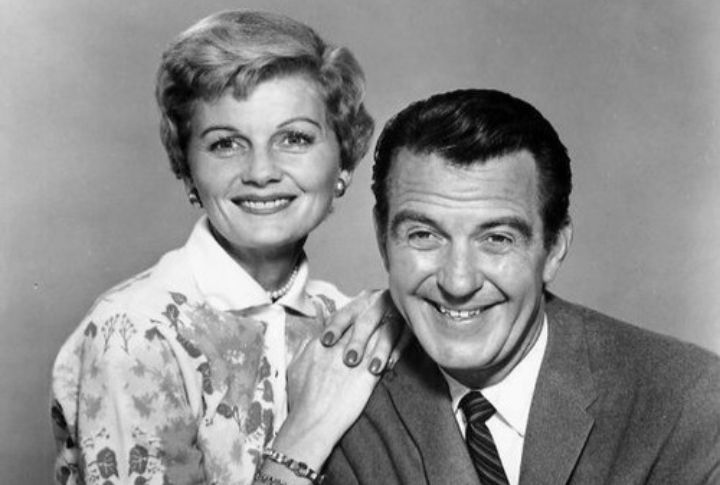
Turn on “Leave It to Beaver,” and you’ll see a spotless kitchen and a calm mother in pearls. But that was scripted. Real homes didn’t look like that, and real women weren’t living that fantasy. Ads featured fake food and actors. Sometimes, even the “housewives” in print were men in disguise.
Women Weren’t Interested In Higher Education
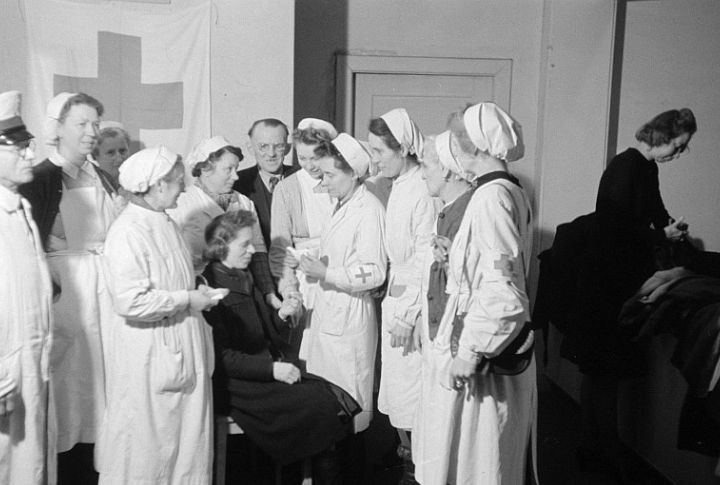
Many women in the 1950s pursued serious academics. Post-WWII, enrollment dipped due to the G.I. Bill favoring men, but women still earned degrees, mostly funneled into nursing and teaching. Sororities sometimes banned majors they thought were too bold. The term “MRS degree” also became a common dig.
Housewives Had It Easy
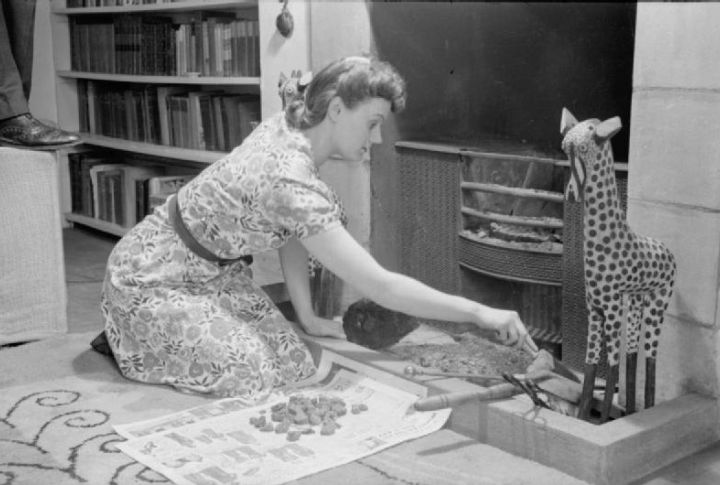
Doctors coined “housewife syndrome” to describe exhaustion and dissatisfaction, prescribing tranquilizers to dull the edge. Valium became the go-to drug by the late 1960s. The Rolling Stones even wrote a song about it. Behind every perfect meal and pressed blouse, sedation often sat quietly.
Looking Beautiful Was Effortless
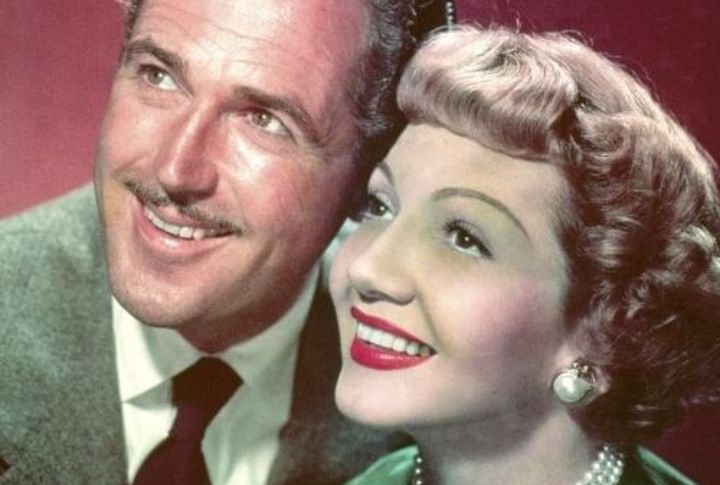
Magazines pushed the idea that a woman should always appear polished, even while scrubbing the sink. Some followed strict routines that ate up hours each day. Salons even offered “wife training” makeovers. Aprons matched lipstick. And yes, some women wore makeup to bed just to wake up looking “effortless.”
Breastfeeding Was Always Preferred
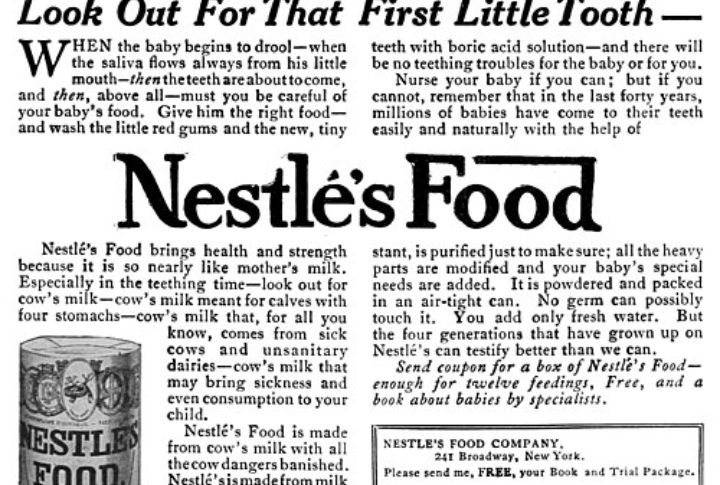
By 1960, over 70% of babies were fed formula instead of maternal milk. Doctors labeled it the “modern” choice, and evaporated milk is often made up of homemade blends. Breastfeeding in public was deeply frowned upon. For many mothers, the choice to bottle-feed was also shaped by pressure to appear proper.
Being A Good Housewife Came Naturally

The idea was that a woman just “knew” how to cook, clean, host, and decorate. But many struggled and felt ashamed for not measuring up. Instructional films and etiquette books offered strict rules, not support. The pressure to be perfect made daily life a test, not a natural fit.
Cooking From Scratch Was A Daily Choice
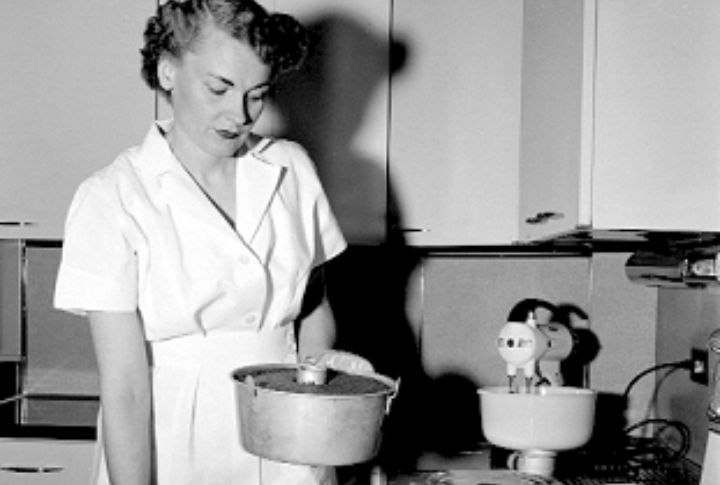
Cooking from scratch wasn’t a lifestyle choice—it was what women had to do. Prepackaged foods were costly, so meals leaned on strange shortcuts like Jell-O with ham or canned soup in everything. What looked like homey dedication was really just making do with limited options.
Women Didn’t Shape The Economy
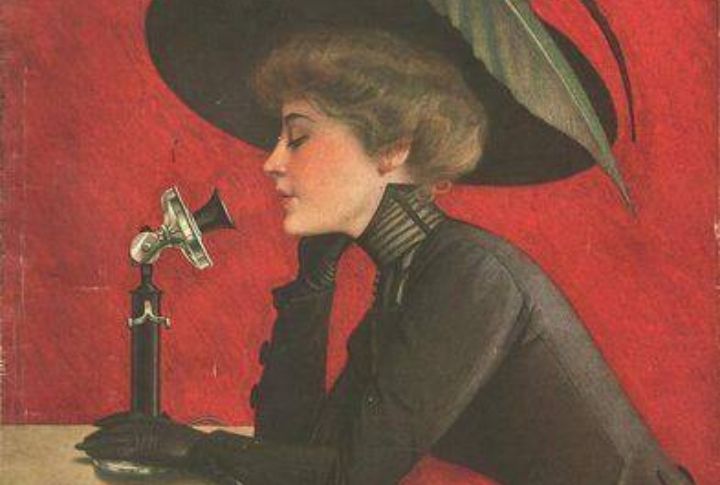
Her choices reshaped industries. Postwar advertisers retooled entire campaigns to appeal to housewives, labeling them the ultimate tastemakers. Kitchen gadgets came in bubblegum pink. Soap operas also existed to sell detergent. Behind every purchase was a woman advertisers couldn’t afford to ignore.
They Had Plenty Of Social Connection
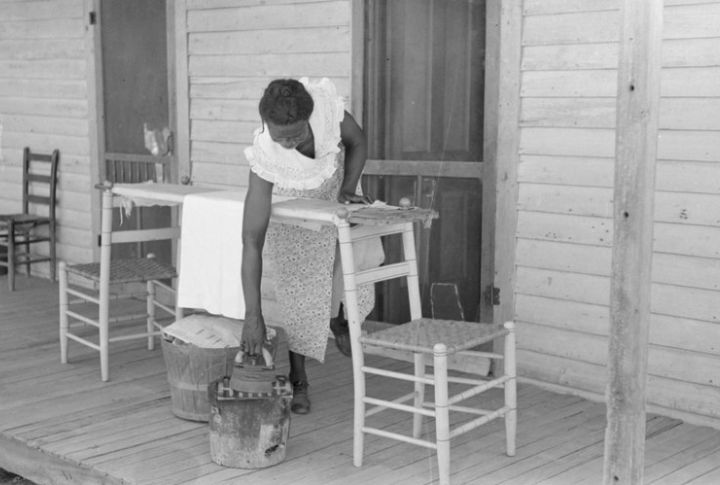
It looked like a busy, social role—coffees and PTA meetings. But for many housewives, daily life was isolating. Long hours at home with no adult conversation took a toll. Mental health often suffered in silence, as loneliness clashed with the cheerful image of the ever-connected, fulfilled woman next door.
Women Who Struggled Were Just Being Difficult
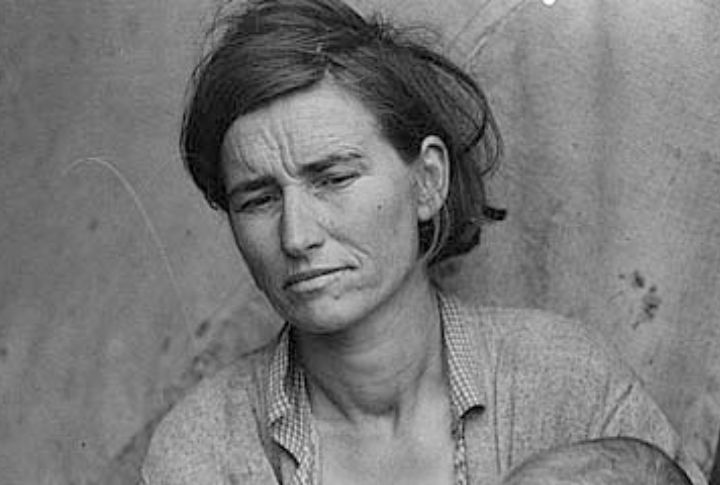
In the 1950s, expressing anger or exhaustion could label a woman unstable. Speaking out risked being sent away. Psychiatric institutions sometimes took in women to challenge their roles. It was enforced emotional obedience, dressed up as concern for her well-being.
Every Woman Wanted To Be A Mother
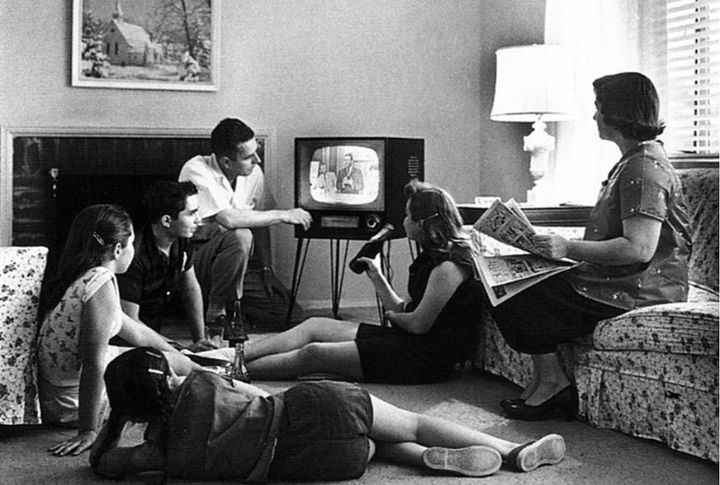
The image of a woman fulfilled by motherhood left little room for honesty. Birth control access was spotty and required a husband’s approval. Even the word “childfree” wouldn’t become familiar until the 1970s. Silence surrounded choice in a world of expectation.
They Didn’t Think About The Future
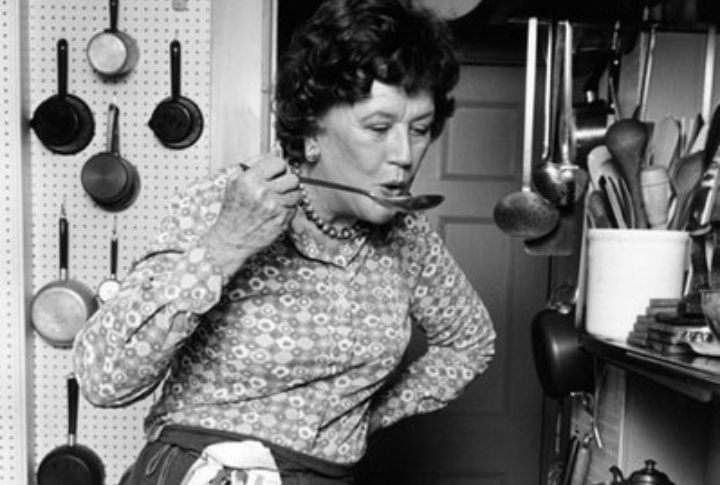
The story went that housewives lived in the moment, focused only on family and chores. But plenty worried about what came next—kids leaving, aging parents, their own aging. With no career safety net or savings of their own, the future often felt uncertain. Planning wasn’t encouraged, but the fear was real.
Women Had No Interest In Feminism
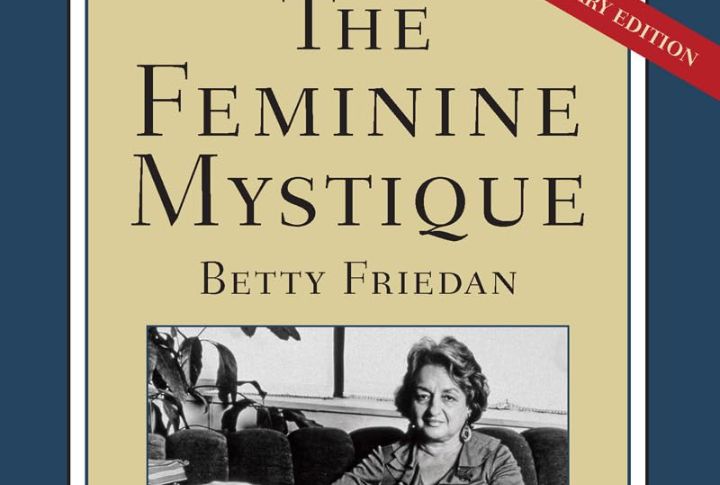
Books like “The Feminine Mystique” made waves, but not always in public. Some women kept copies hidden behind cookbooks or inside drawers. Reading circles disguised themselves as “Tupperware groups.” Many feared the backlash of being seen as ungrateful or rebellious.
Wives Just Followed Their Husband’s Lead
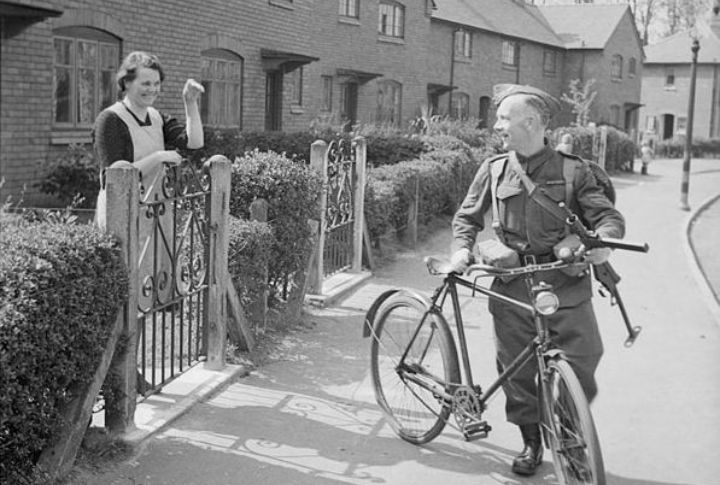
Mid-century homes were structured around a clear image: the husband leads. But in practice, wives were often the primary decision-makers in day-to-day life. Healthcare, school matters, discipline; women handled them all. Even “household allowances” acknowledged their authority, though never in the name.
Divorce Was Rare Because Marriages Were Strong
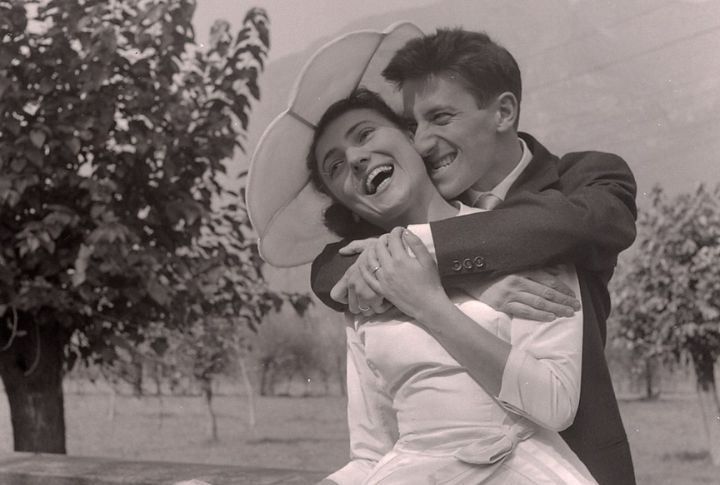
They liked to call it stable, but many marriages lasted because women had no way out. Divorce carried shame, jobs were tough to land, and leaving risked losing everything. What looked like strength in marriage often came from how little support women had to escape it.
All Women Fit The Housewife Mold
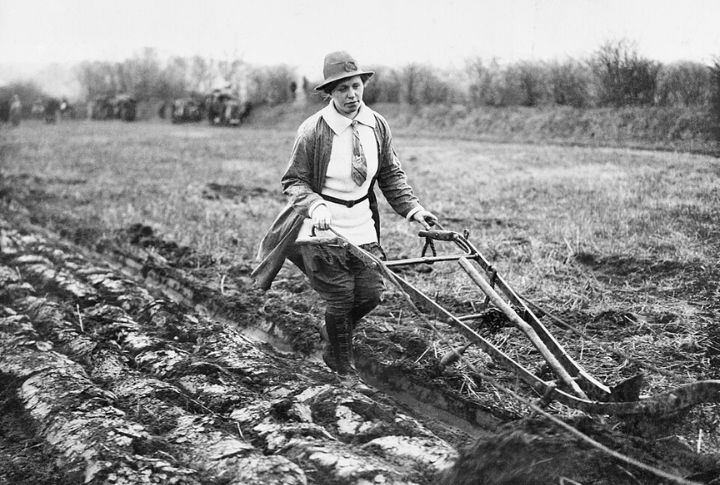
The TV version of the American housewife didn’t reflect the whole country. Rural, working-class, and immigrant women often held jobs or ran farms while raising children. Bilingual moms juggled cultures in ways never shown on screen. The so-called standard left most out of the frame.

Comments
Loading…